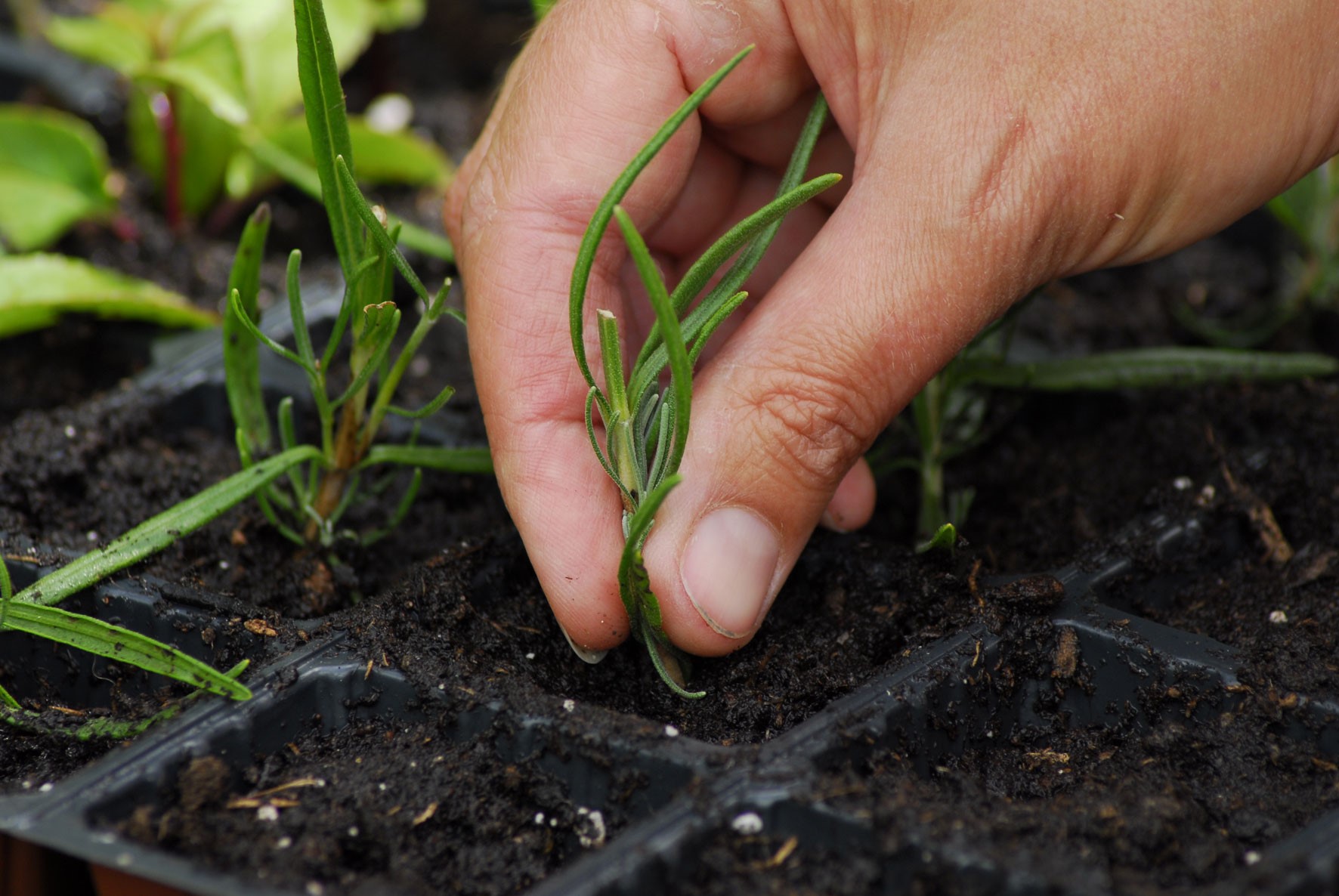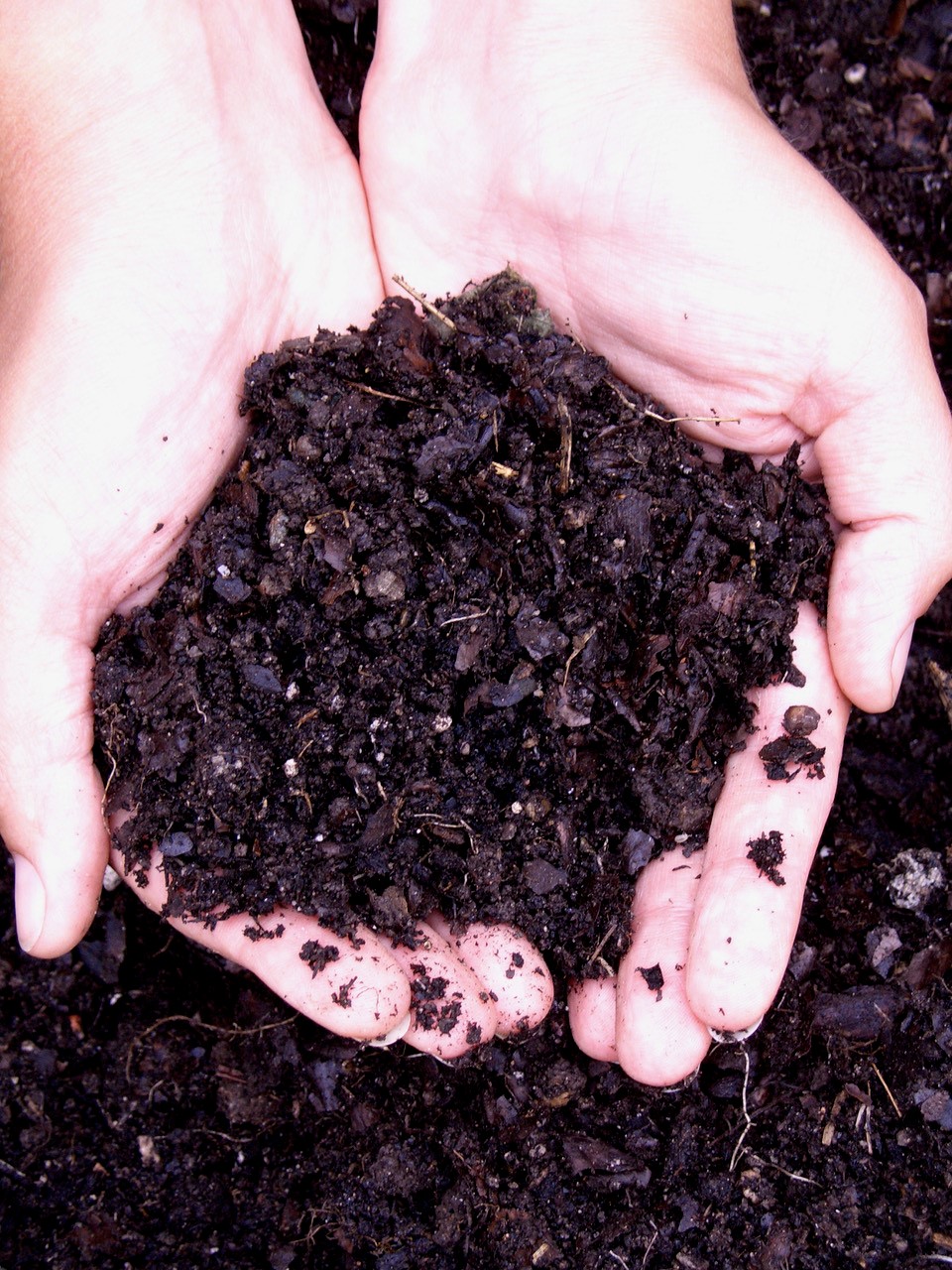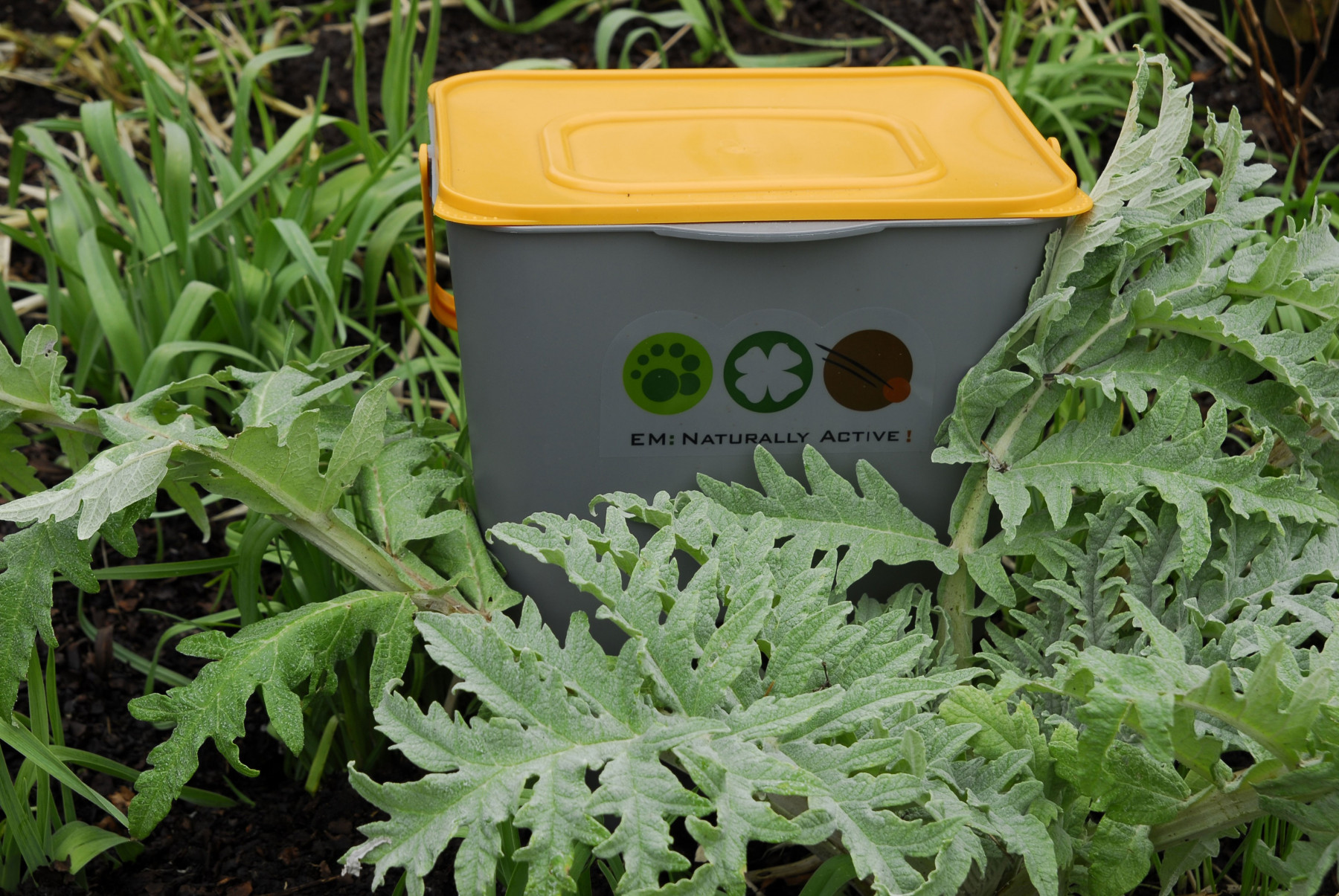Growing plants and having a nice garden is within reach for everyone says Jean Vernon.
You don’t need to be an expert gardener to have a nice garden. In fact the best way to learn is to have a go. But there are some simple basic things about plants and gardens that it is helpful to understand so that you get great results. Even if you are growing in pots and containers you can improve your displays, increase your harvest of flowers, fruit, herbs and veg and transform your plot.
Plants want to grow

The first thing to understand is that plants want to grow. They are designed to grow and as long as they get the basics that they need, they will grow. That applies to seeds, plants that you prune and cuttings. Give them a chance to put down roots and provide a healthy environment with water, light and nutrients and they will grow quite happily. Just look at the plants often called weeds, they don’t get any care and yet they grow vigorously, self-seed and flower in abundance. That’s partly because they are well adapted to the conditions in your garden and also to your local area. They are also hardy which means they are not affected by frost and cold and will soon spring into life when the conditions are correct for growth. Growing from seed is the most cost effective way to generate new garden plants, taking cuttings is another. You don’t need to spend a fortune on plants if you can get the basics right.
The soil

The secret to success in the garden is actually in the soil or in the compost in which you grow your plants. Plants grow much better in the ground than they do in pots and containers because they can put their roots down and reach deeper water. If you are growing in pots and containers don’t scrimp on the planting compost. Buy quality, buy peat free and if you are growing edibles buy organic.
Plants take nutrients from whatever they are growing in, so in the ground from the soil. A well-fed soil that is rich in organic matter supports healthy plant growth. Soil also contains a wealth of healthy microorganisms and mini beasts that are all interconnected, creating a very healthy root environment for your plants. Healthy soil supports healthy plants, so if you are starting out in gardening, or have a new-build plot the best thing you can do is to improve your soil with plenty of rich, organic matter. That means homemade compost, well rotted farmyard manure, leaf mould soil conditioner or worm compost and lots of it.
Composting

It can be a bit confusing but the bags of compost that you buy to grow your plants in from the garden centre is not the same as the homemade garden compost you make in a compost bin. Making homemade compost is the best way to recycle your garden waste and kitchen peelings. The resulting material will be full of healthy microbes and will improve and enhance your garden soil. Every garden and every gardener should have a compost system. If you don’t generate much waste then consider a wormery or a Bokashi bin. You can have one of each. My worms are my friends and I love to feed them kitchen scraps and fruit and veg peelings.
Collect the autumn leaves, they are heaven sent for gardeners. Bag them into bin bags, poke holes in the bottom and leave them behind the shed to break down for a couple of years. Use them as an autumn mulch or top dressing. The worms will love it and will drag it down into the soil.
Feeding and watering
The strange thing about plants is that they will grow without any additional food. That’s because plants make food in their leaves via photosynthesis. But that doesn’t mean they don’t need additional nutrients. They do. You can add a liquid feed like seaweed feed or an organic feed to your plants as you water, that provides additional and very beneficial ingredients to their diet. Sure plants grow without additional feeding but you’ll get more fruit, more flowers and better plants if you feed them. If you can feed the soil before your plant that will give your plants a head start and a better chance to establish quickly.
Don’t be a slave to watering. If you are restricted to growing in pots and containers these will need more regular watering than plants growing in the ground, especially in hot weather. But even pots can be watered using an irrigation kit set up with a timer or controlled via an app on your phone.
Pollination

One thing that you can’t do via an app is pollinate your plants. And if you want a good crop of apples, tomatoes, or any kind of fruit, pod, nut or seed then your flowers need to be fertlised, or pollinated. Basically the pollen from inside the flower needs to be moved to the stigma of the same flower, on that plant or preferably on another plant of the same type. It needs to be the same type of pollen so that cross-pollination can occur. And the most common way to move pollen from plant to plant is via insects, more generally called pollinators. Bees, wasps, flies, hoverflies, moths, butterflies and even beetles can be the vector or pollinator for different types of plants. They are usually attracted to the flowers, which wave around like colourful flags ‘shouting’ here here here to them as they fly past, by the pollen and nectar. These are essential sources of food for pollinators. The nectar is a sugar rich energy boosting liquid that fuels their activity. Pollen is a protein rich material that is usually fed to their offspring.
If you want your plants to be pollinated then they must be accessible. That means if you are growing tomatoes in the greenhouse you need to have windows open for pollinators to move in and out. But creatures can easily get trapped in a greenhouse so do keep a watch out and release them daily. Or you could pollinate your tomatoes by hand by rolling the pollen-laden anthers between your fingers to release the pollen. Root crops like carrots, potatoes, parsnips and onions don’t need pollinators to make the crop but if you allow those crops to flower they will provide additional food for your pollinating friends.


